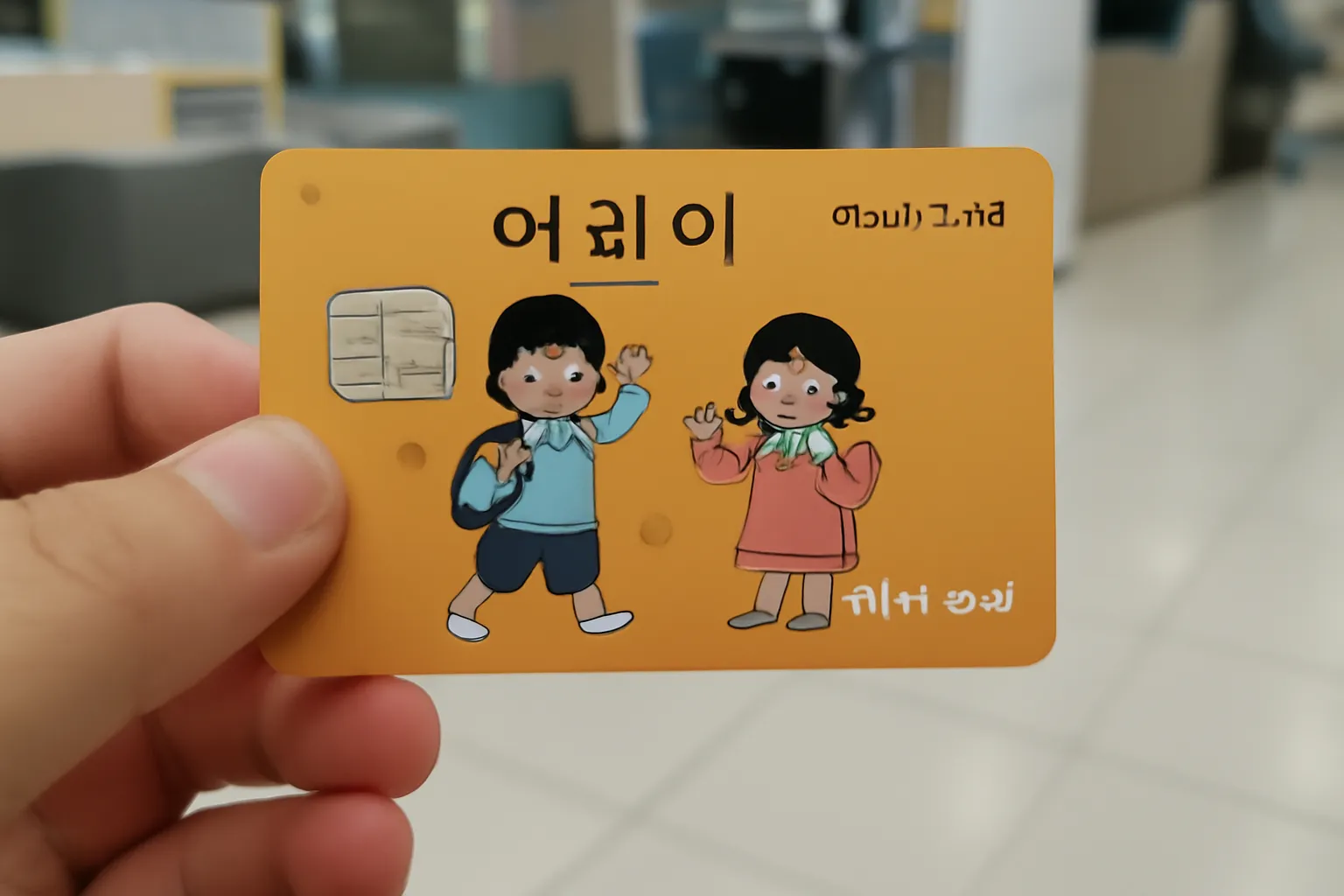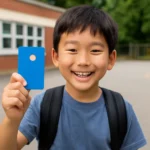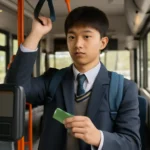Managing pocket money for children can be a challenging task for both parents and kids. The introduction of a Nonghyup Bank pocket money card offers a simple yet effective solution for elementary school students to manage their daily finances. In this article, we will explore the concept of pocket money for elementary students, the purpose and features of the pocket money card, and how this tool can help kids better understand money management at an early age.
What is Elementary School Pocket Money?
Pocket money is a small allowance given to children by their parents, and it plays a significant role in teaching them about financial responsibility. For elementary school students, pocket money is usually meant to be used for small personal expenses such as snacks, toys, or saving up for a particular goal. While the amount may seem small, it provides a foundational lesson about the value of money.
Many parents choose to give pocket money regularly, but how much should an elementary school student receive? Research and studies suggest that parents typically give their children between $5 to $20 per week, depending on the child’s age, needs, and the family’s financial situation. The key idea here is that pocket money should serve as a learning tool rather than just a treat.
A child receiving regular pocket money will experience situations where they must make decisions on spending, saving, and sometimes even budgeting. This is a first step toward greater financial independence later in life.
The Elementary School Pocket Money Card
The Nonghyup Bank pocket money card is a useful tool for elementary school students, designed to make the process of managing pocket money easier, safer, and more educational. These cards are designed specifically for young children and come with built-in parental controls, making them an ideal option for parents who want to encourage their kids to start managing their finances.
Key Features of the Nonghyup Pocket Money Card:
-
Parental Controls Parents can set limits on the card, monitor spending, and even restrict specific types of transactions, such as online shopping or cash withdrawals.
-
Easy to Use The card can be used like a regular debit card for various purchases, whether it’s at stores or online, and can be easily topped up via bank transfers.
-
Learning Tool This card allows children to learn how to manage money, make small purchases, and save for future goals, all under the watchful eye of their parents.
-
Safety With the card, kids don’t need to carry large amounts of cash, reducing the risk of losing money or spending impulsively.
-
Rewards and Gamification Some pocket money cards come with a gamified savings system where children earn rewards for saving money instead of spending it.
By giving children the autonomy to use their pocket money in a controlled environment, the Nonghyup card helps teach real-world financial skills. It’s an excellent tool to start the conversation about budgeting and managing finances at an early age.
Middle School Student Pocket Cards: A Step Up
When children transition to middle school, they begin to face new financial responsibilities. Pocket money becomes more significant as they might want to save for larger items, such as smartphones or gadgets. The middle school pocket card builds on the lessons learned from elementary school by offering more features and flexibility, as the child becomes more independent.
For instance, the middle school card may come with options to add allowances directly from the child’s parents via mobile apps or linked bank accounts. This process becomes increasingly important as kids start to make purchases that are more significant than those in their elementary years. While the elementary card is focused on small, controlled spending, the middle school card introduces opportunities for kids to learn about saving for bigger purchases and setting financial goals.
Differences Between Elementary and Middle School Cards:
-
Increased Spending Limits Middle school cards often come with higher spending limits, helping students handle a wider range of expenses, like transportation costs or entertainment.
-
Bank Integration Some middle school cards offer integration with online banking apps, where children can track their balances, view spending history, and manage savings goals.
-
Financial Literacy Features These cards may include features like educational content to improve understanding of savings, interest rates, and long-term financial planning.
Ultimately, the middle school pocket card serves as an important transition point where children can start managing more complex financial tasks with growing autonomy.
Teaching Elementary School Students About Pocket Money Management
A crucial part of the journey into financial independence is teaching children how to manage their pocket money wisely. Parents can use the Nonghyup pocket money card to guide their children in understanding the importance of saving and budgeting from a young age.
Here are some tips on teaching elementary school students about money management:
-
Set a Budget Parents should explain how to break down pocket money into categories, such as saving, spending, and sharing (for charity). This teaches children about the importance of budgeting and allocating money effectively.
-
Set Saving Goals Children can set small saving goals with the money they receive. It could be saving for a new toy, a special event, or even a savings goal for a bigger item like a bike.
-
Discuss Wants vs. Needs It’s important for kids to understand the difference between wants (things they can live without) and needs (things that are essential). Use real-world examples to highlight the importance of prioritizing needs.
-
Track Spending Encourage kids to track their expenses. They can use the bank’s app or a notebook to record every transaction, which helps build awareness about their spending habits.
-
Rewards for Saving Some parents may choose to provide a reward for consistent saving, such as adding a little extra money if the child saves a certain amount over time. This can motivate kids to save more.
Learning about money early on gives children a sense of responsibility, helping them manage their finances more effectively as they grow older. Tools like the Nonghyup pocket money card make this process smoother and more accessible for children and parents alike.
Conclusion
In conclusion, pocket money is not just about giving children small amounts of money for fun; it’s an essential part of teaching them about financial responsibility. With tools like the Nonghyup Bank pocket money card, parents can help guide their children as they learn the fundamental principles of budgeting, saving, and spending. These cards offer a safe and structured way for kids to learn financial independence while under the supervision of their parents.
As children transition from elementary to middle school, their financial responsibilities grow, and teaching them how to manage pocket money becomes more important than ever. Whether it’s through simple budgeting tasks or advanced financial planning, starting the process early equips children with essential skills they will use for the rest of their lives.






